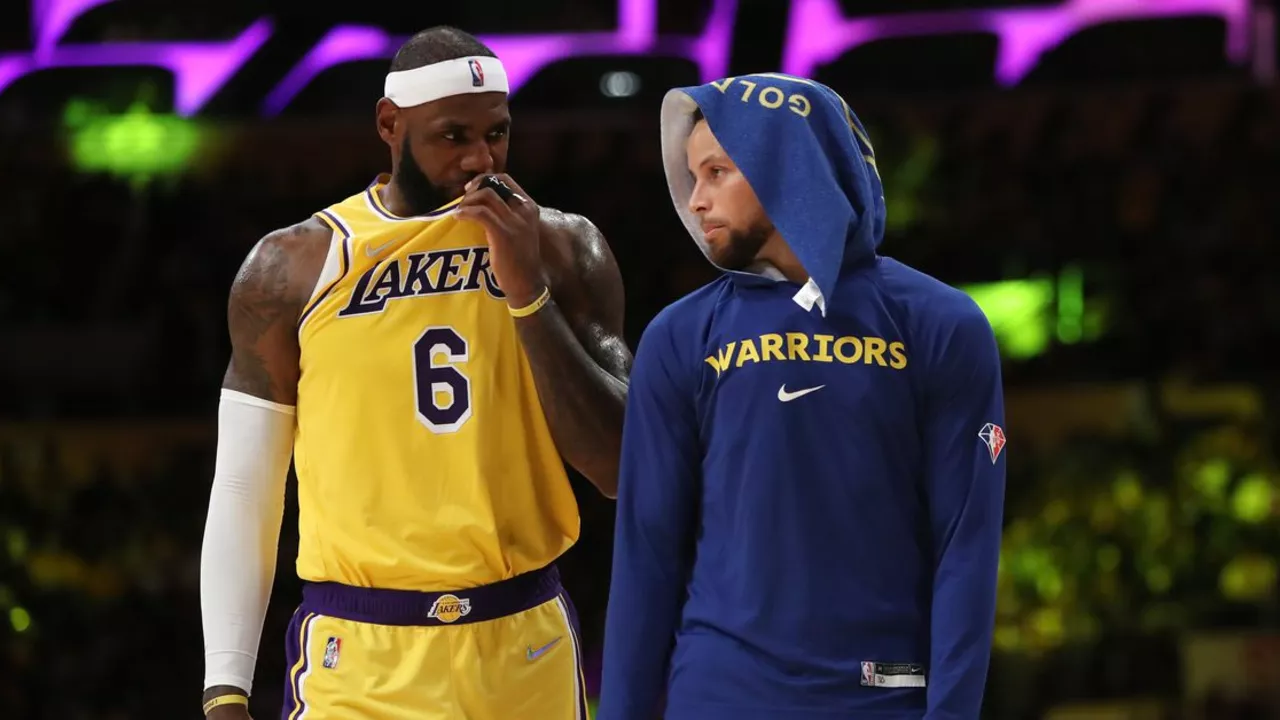Softness in Sports
When talking about softness, the quality of being gentle, pliable, or yielding, especially in sports equipment and playing surfaces. Also known as cushioning, it directly shapes how athletes feel and move on the field. In the same breath, flexibility, the ability of a material or surface to bend without breaking, allowing smooth motion and shock absorption works hand‑in‑hand with softness. Together they form the foundation for player comfort, the state where an athlete experiences minimal strain, optimal grip, and confidence in their gear. Understanding these qualities helps you see why a soft turf can feel different from a hard court or why a padded helmet feels safer than a thin shell.
Why Softness Matters on the Field
Every impact in sport—whether it’s a hard tackle in rugby, a high‑speed sprint in football, or a quick change of direction in basketball—creates forces that travel through the body. Cushioning, the capacity of a material to absorb and disperse impact energy acts like a shock absorber, turning a jarring blow into a gentler pressure. This reduction in peak force is a key driver of injury prevention, strategies and design choices that lower the chance of sprains, bruises, and more severe trauma. For example, the padded edges of a football goalpost or the foam layer beneath a basketball court both illustrate how softness mitigates wear and tear on athletes. When a surface is too hard, players report more joint pain and quicker fatigue; when it’s too soft, performance suffers because the ground saps energy. Striking the right balance—soft enough to protect, firm enough to support—keeps athletes in the game longer.
Softness also feeds into performance nuances that casual fans might overlook. In a fast‑break scenario, a basketball court with optimal flexibility lets the ball bounce predictably, giving shooters confidence in their arcs. In rugby, a slightly softer scrum pad allows players to generate power without over‑loading their spines. These subtle shifts mean that teams can fine‑tune tactics around the feel of their equipment. The tag collection below showcases real‑world examples: a Chelsea‑Liverpool clash where a well‑timed early strike was aided by a forgiving pitch, a record‑breaking women’s rugby semi‑final that highlighted how a soft, well‑maintained field boosted fast‑pace play, and even trivia about coaching legends whose success hinged on choosing the right gear. All of these stories share a common thread—softness, cushioning, flexibility, and player comfort all intertwine to shape outcomes.
Below you’ll find a curated mix of match reports, analysis pieces, and fun facts that illustrate how softness ripples through every level of sport. From the hard‑hit moments on the Premier League stage to the nuanced debates on equipment standards in basketball, each post offers a glimpse of how a simple concept like softness can have big implications. Dive in, and see how the right amount of give can turn a good game into a great one.
Is LeBron James one of the softest big men in the NBA?
Debating whether LeBron James is one of the softest big men in the NBA is quite polarizing. On one hand, his physical prowess and on-court dominance are hard to dismiss. On the other hand, critics often point out his occasional tendency to exaggerate fouls or injuries, which they interpret as softness. However, it's worth noting that his performance and longevity in the league speak volumes about his resilience. In conclusion, whether LeBron is 'soft' or not largely depends on individual perception, but his achievements undeniably rank him among the NBA's toughest.
